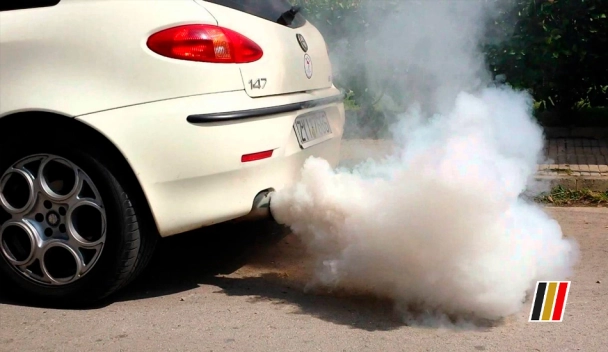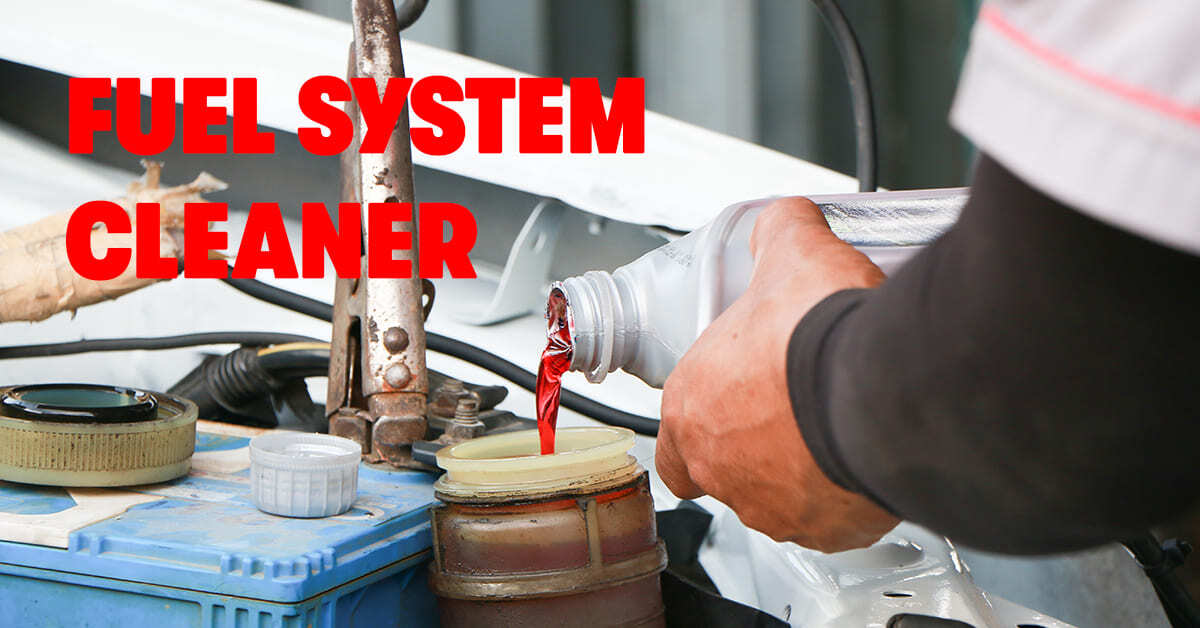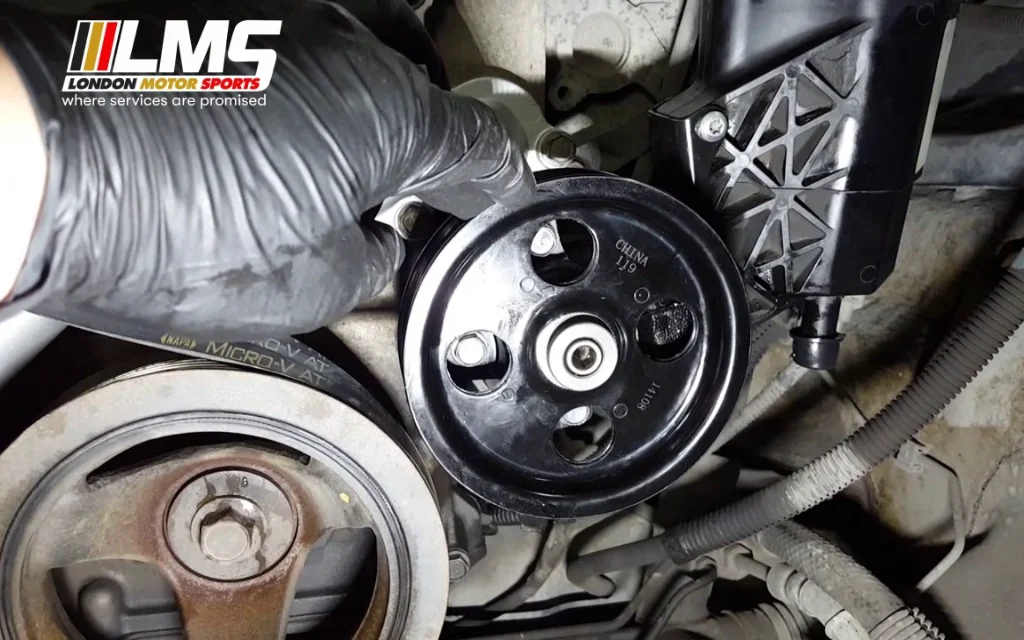As we navigate through 2025, one thing is certain: the automotive repair costs in the
Read MoreHome » Automotive Blog » White Smoke from Exhaust: What Does it Mean & How to Fix It?
Persistent white smoke from exhaust often indicates deeper issues, such as minor condensation and severe engine damage. This comprehensive guide will help you understand the potential causes of white smoke, how to diagnose the problem, and the steps you can take to fix it.
What Does White Smoke from Exhaust Mean?
Normal White Smoke
On cold mornings, thin, white smoke typically appears as condensation in the exhaust system evaporates. This smoke should disappear once the engine reaches its average operating temperature.
Abnormal/Problematic White Smoke
When the smoke is thick and continues even after the engine is warm, it may indicate a problem, such as coolant leaking into the engine or other severe mechanical issues. Factors like temperature, weather conditions, and the car's operational status can affect when and how white smoke appears.
Common Causes of White Smoke From Exhaust
Condensation Buildup in Cold Weather
Leaking Coolant into the Combustion Chamber
- An unusual smell from the exhaust
- Constantly dropping coolant levels even without visible leaks
- Engine overheating
Faulty Radiator Cap:
A malfunctioning radiator cap can cause pressure imbalances, leading to coolant leaks.
Damaged Hoses:
Worn-out hoses allow coolant to escape and enter the combustion chamber.

Blown Head Gasket
- Engine overheating frequently
- Milky oil cap (oil mixed with coolant)
- Reduced engine performance
Cracked Engine Block
- Persistent overheating
- Coolant in the oil, resulting in a milky appearance
- Visible crack or deformation in the engine block
Damaged Cylinder Head
The common symptoms to look for in a damaged cylinder head are a rough-running engine or loss of coolant with no external leaks.
Faulty Fuel Injectors
- Poor fuel economy
- Rough idling
Transmission Fluid Leak in Automatic Vehicles
You can identify the transmission fluid leaks in the following ways;
- The smoke may have a slightly blue tint.
- Check for a drop in transmission fluid levels.
How to Diagnose White Smoke from Exhaust?
1: Visual Inspection
- Check Coolant Levels: Low levels could indicate a leak.
- Inspect the Oil Cap: Look for any milky residue suggesting coolant mixing with oil.
- Look for Visible Leaks: Examine hoses, radiator, and water pump for any signs of leakage.
2: Smell the Exhaust
- Sweet Smell: Indicates coolant burning in the engine.
- Unusual Odors: If the smoke smells like fuel or oil, it could point to different problems.
3: Use an OBD2 Scanner
4: Perform a Compression Test
- Checks the integrity of the head gasket, cylinder head, and engine block.
- Low compression indicates a potential head gasket failure.
5: Condition Analysis
- White or crusty appearance: This could indicate coolant entering the cylinder.
6: Chemical Test for Combustion Leaks
How to Fix White Smoke from Exhaust?
1: Condensation-Related Smoke
2: Repair Coolant Leaks
- Identify the leak source (radiator, hoses, water pump).
- Replace the faulty component.
- Bleed the system to remove air pockets.
3: Blown Head Gasket Repair
- Professional Repair Recommended: Replacing a head gasket requires specialised tools and skills.
- Cost Considerations: The average cost of repairing a head gasket ranges from $1,000 to $2,500.
4: Repair or Replace Cracked Engine Block
- Use an epoxy sealant for minor cracks.
- Replace the engine block for severe damage.
5: Cylinder Head Repairs
6: Fix Transmission Fluid Leaks
Preventive Measures to Avoid White Smoke in the Future
Regular Vehicle Maintenance
Change Oil Whenever Needed
Cooling System Checks
Use High-Quality Fluids
Regular Monitoring of the Exhaust System
- Pay attention to any signs of overheating.
- Focus on engine performance to address rough idling, misfires, or unusual sounds immediately.
When to Consult a Professional Mechanic
- Persistent smoke that doesn’t disappear
- Repeated engine overheating
- Noticeable loss of power or poor fuel economy
- Multiple symptoms occurring simultaneously
Related articles & guides 👇
A power steering pump is a power steering system’s most critical and complex component. Before
Read More






